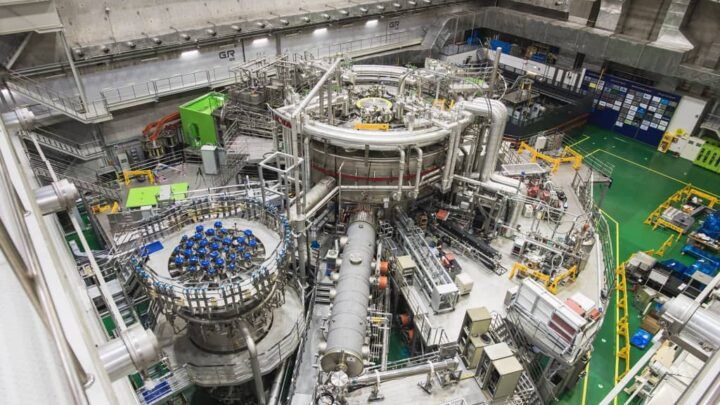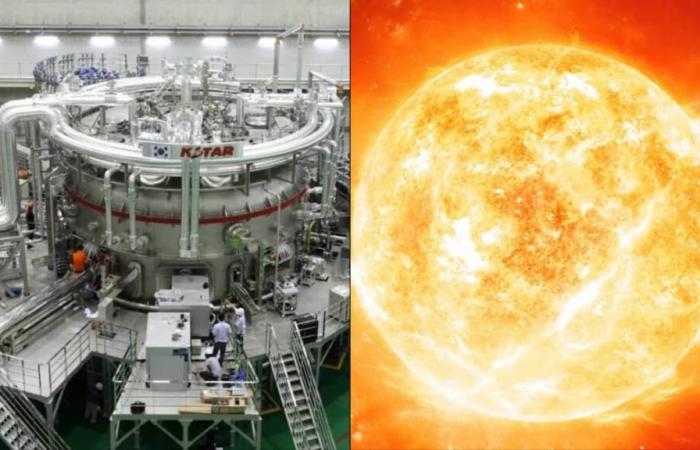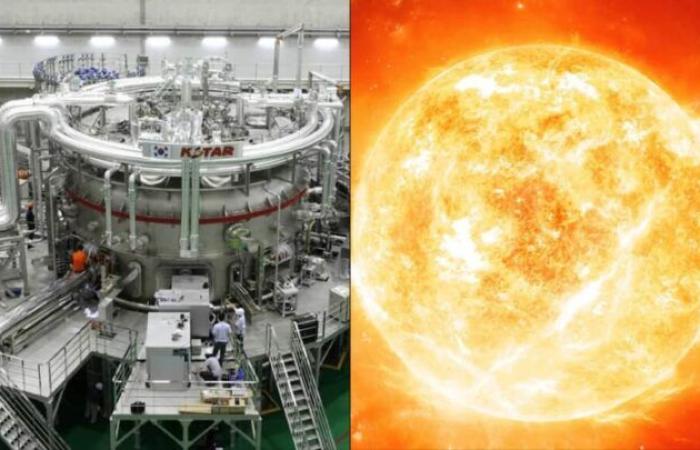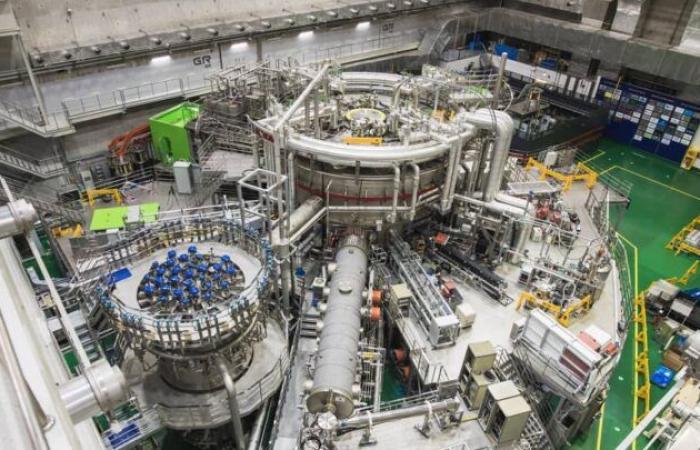For the first time, the Korea Superconducting Tokamak Advanced Research (KSTAR), the fusion reactor of the Korea Institute of Fusion Energy (KFE), reached temperatures seven times higher than those of the Sun’s core. This result sets a new record for fusion reactor design.
KSTAR: 7 times hotter than the Sun
The researchers behind the report on the reactor stated that it managed to maintain temperatures 100 million degrees Celsius for 48 seconds. For reference, the temperature of our Sun's core is 15 million degrees Celsius.
Additionally, it maintained high confinement mode (H mode) for more than 100 seconds. This is also the latest of many successes for KSTAR. For example, in 2021, KSTAR set a new record when running at a million degrees Celsius and keep the plasma super hot for 30 seconds.
Fusion is a process that mimics the generation of light and heat in stars. It involves the fusion of hydrogen and other light elements to release enormous power that experts in this field hope to harness to produce unlimited, carbon-free electricity. This process is often referred to as the “Holy Grail” of the energy transition.

“This technology is crucial”
According to the National Science and Technology Research Council (NST) of South Korea, it is crucial to create a technology capable of maintaining high-temperature, high-density plasmaswhere fusion reactions occur more efficiently, over prolonged periods.
According to NST, the secret behind these great achievements is tungsten diverters. These are vital components located at the bottom of the vacuum vessel in a magnetic melting device.
They play a crucial role in expelling waste gases and impurities from the reactor, simultaneously supporting substantial surface thermal loads. The KSTAR team recently switched to using tungsten instead of carbon in their derailleurs.
Tungsten has the highest melting point of all metals, and the team's success in maintaining H mode for longer periods is primarily attributed to this successful upgrade. NST reports that this change was a significant improvement.
Compared to previous carbon-based diverters, the new tungsten diverters showed only a 25% increase in surface temperature under similar heat loads. This provides significant advantages for long pulse high heat power operations.
NST explained.
Read too:
Tags: Record South Korean artificial sun reaches temperature times higher Sun








